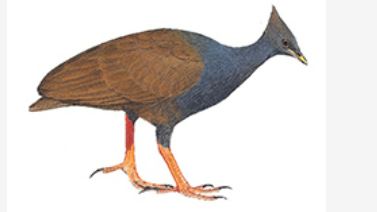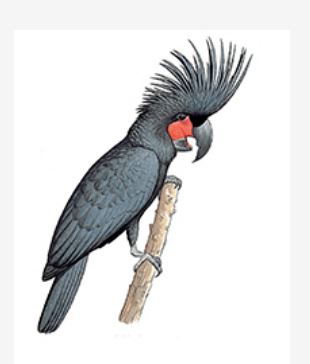Key points
- Bird watching is increasingly popular among younger, tech-savvy generations, enhancing citizen science data.
- Technological advancements in cameras and online sharing boost data on Australia's bird species.
- "The Australian Bird Guide" offers comprehensive information for both novice and advanced bird-watchers.
Bird watching is a hobby that’s really been taking flight lately. It’s no longer just for camouflage-wearing seniors (not that there’s anything wrong with that). It’s a growing trend attracting a nature-loving younger generation too as they try to snap a great pic for Instagram.
And a great bonus is that our citizen science data on different species has helpfully been increasing as well.
Technology advances in camera quality and web-based image sharing and storing has paved the way for an unprecedented amount of data to be available about virtually all of Australia’s diverse bird species. A quick look at our Atlas of Living Australia and you can see just how much citizen scientists are helping researchers cover more ground than ever.
Naturally, with all this new information to hand, we jumped at the opportunity to produce a more detailed Australian bird field guide to meet the needs of the new breed of bird watcher.
CSIRO Publishing has released one of the most comprehensive Australian bird guides ever published – The Australian Bird Guide, created by a dream team of authors and artists.
There are nearly 550 pages of beautifully hand drawn bird species in the book to be pored over. So, we thought we’d help out with some bird-watching tips for those looking to up their insta-game ‘in the field’.
Together with the authors we’ve compiled a state-by-state list of common and hard-to-find species where you live.
Are you new to bird-watching?
Some species are common over much of the continent – Australian magpie, magpie-lark, willie wagtail, galah, welcome swallow and the white-faced heron, for example. Here are some common birds to find in your state and territory.

ACT: gang-gang cockatoo, crimson rosella, superb fairy-wren, pied currawong, red wattlebird
NSW: eastern koel, Australian raven, emu, noisy miner, rainbow lorikeet, Australian white ibis
NT: orange-footed scrubfowl (outside the NT Parliament building in Darwin), magpie goose, pied heron, rainbow bee-eater, black kite
QLD: pied imperial-pigeon, pied butcherbird, red-tailed black-cockatoo, Australian brush-turkey, olive-backed sunbird
SA: crested pigeon, Adelaide rosella, galah, Australian ringneck, wedge-tailed eagle
TAS: yellow wattlebird, kelp gull, yellow-throated honeyeater, Tasmanian native-hen, masked lapwing.
VIC: grey fantail, pacific gull, superb lyrebird, sulphur-crested cockatoo, little penguin, golden whistler
WA: singing honeyeater, black-faced wood swallow, willie wagtail, eastern osprey, zebra finch
For advanced birdwatchers
Here are some of the rare or most sought-after birds to find in your state and territory.

ACT: spotted quail-thrush, superb parrot, chestnut-rumped heathwren
NSW: rufous scrub-bird – can be heard at the right locations but very hard to see and very rarely photographed; rock warbler – endemic to the Sydney Sandstone country and Blue Mountains; plains-wanderer, freckled duck; bar-tailed godwit
NT: red goshawk – fierce aerial predator, in iconic places like Kakadu; gouldian finch, chestnut rail, banded fruit-dove
QLD: Night Parrot – really can’t overlook this one. We provide the first field guide account that captures new information from the rediscovery of the species in 2013, and we illustrate a juvenile for the first time. These include the palm cockatoo, eungella honeyeater, lesser sooty owl, golden bowerbird.
SA: nullarbor quail-thrush, black-eared miner, chestnut-breasted whiteface, western whipbird, red-lored whistler
TAS: orange-bellied parrot, australian masked owl, ground parrot, beautiful firetail, southern royal albatross
VIC: mallee emu-wren (now a state endemic), australasian bittern, malleefowl, rufous bristlebird
WA: black grasswren – restricted to the northwest Kimberley – amongst the most special of a very special group. Also, the princess parrot – restricted to sandplain deserts that are difficult to access, e.g. Canning Stock Route, very beautiful pastel colours and elegant shape. It occasionally irrupts, that is migrating in large numbers, into more accessible country. This includes west of Alice Springs.
